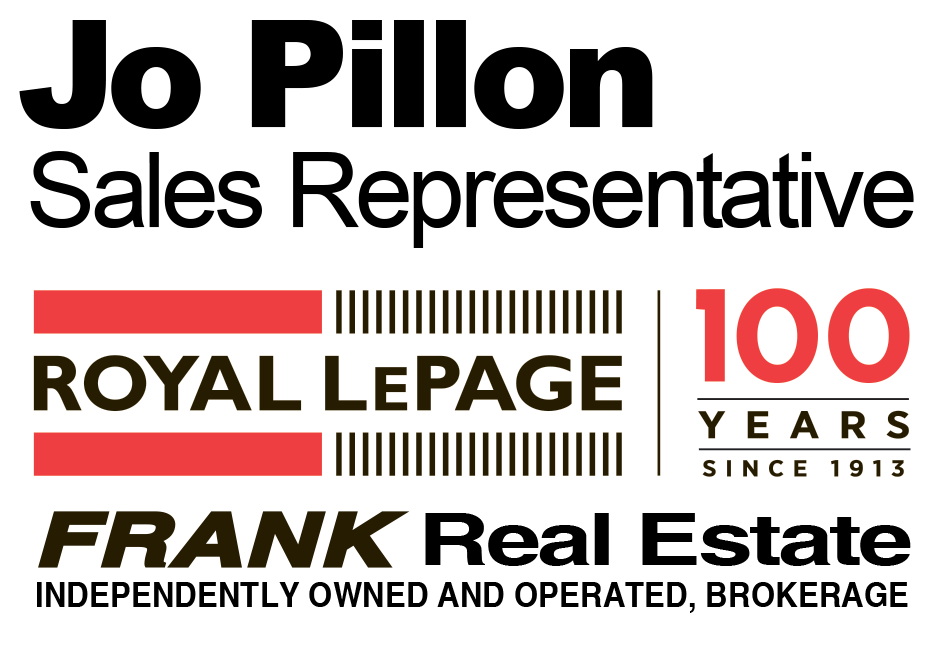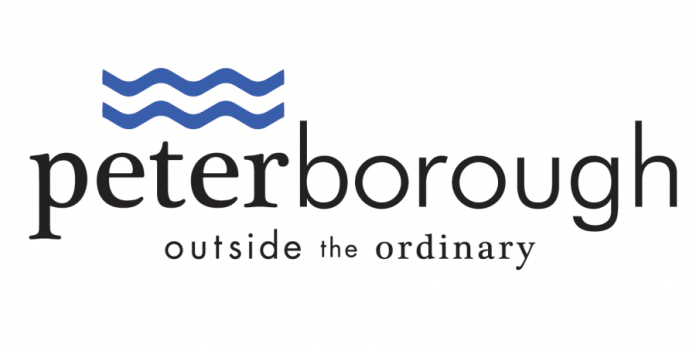2004
Charles Linehan Company with Grand Junction and New Quartet
See the printed matter: Show poster / Show program
The memory I have of the Charles Linehan Company performances is one of the strongest ever. You know the feeling: every dance fan has experienced this at least once in their lives, a dance that carves out a permanent, thrilling place in your mind so that it will be a part of you, embodied really, forever.
The fluid dancers, the gorgeous lighting, the subtle and powerful music. A video of the dance can’t give new viewers the effect. Nevertheless we try: bits and pieces are shown here to prove it happened; the standing ovation, cheers and whistles testimony to the immediate impact it had on the 100 or so who came to see an unknown British choreographer and his company of four dancers on a Tuesday night in March, sandwiched between better-paying weekend gigs in Ottawa and Toronto.
Linehan’s dancers, especially Andreja Rauch and Greig Cooke in Grand Junction, were so smooth: they gave off an easy, languid feeling when moving slowly and the same when moving fast. Is that possible? For these dancers it seemed to be. Viewers were captivated by the two dancers’ relationship. What was it exactly? The dance writer for The Guardian, Sanjoy Roy, had an idea: “Pushes, tugs and falls come to symbolise the small evasions, demands and obstructions of two people who find that the closer they become, the harder it gets.”
As is often the case with dance this perfect, the visual and aural elements were as impressive as the performances. Composer Julian Swales’ compositions of cyclical guitar samples propelled the dancers and well suited the non-stop flow of the two pieces.
Perhaps it was the visuals that really made Linehan’s work stand out. One key to that was something we have done rarely: changing the floor at intermission. For the first piece, Grand Junction, the white side of our dance floor was laid down. A dance floor is a thin rubber surface rolled out in sheets to give an uneven floor a consistent look and feel. The white surface was used to great effect by lighting designer Mikki Kunttu, creating pools that eventually blended together into a pure white, highly saturated flood of light at the work’s climax.
For the second piece, New Quartet, the dance floor was removed and the Market Hall’s century-old maple floor, with its varied hues of gold and brown, was used just as effectively for Kunttu’s warm lighting that came from all angles, including upstage aimed directly into the audience.
The path Linehan took to Peterborough was laid by a former Peterborough resident living in London (an Ex-Pat-Pete), James Ramsay. In Peterborough James had been a Trent student and then part of the theatre community (he travelled to Greece one summer as an actor with Peterborough’s Magic Circus Theatre but that’s another story) and had since learned to love contemporary dance in the busy, exciting dance world of London. He advocated for Linehan and we’re forever grateful.
-Bill Kimball

Charles Linehan Company in rehearsal at the Market Hall Performing Arts Centre on the white side of the dance floor.













